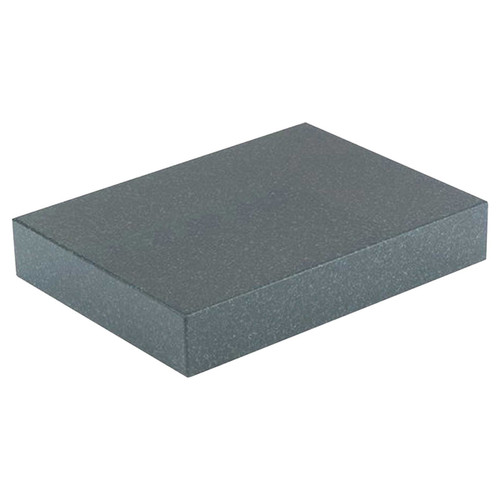- Joined
- Sep 1, 2023
- Messages
- 68
I just received my Weiss32B mill, and my first project will be to build a cabinet.
I want the top of the cabinet to be as planar and rigid as possible, because the casting is kind of lightweight (the whole machine weights only 240kg), and I want to avoid any source of distortion. The mill base is the same as a PM30V (same manufacturer), the base rests it's rectangular contour.
A concrete slab for the cabinet top seems like a good choice, for it's rigidity and low cost.
I happen to have 24x18 granite plate (grade A accuracy), which could be used as the base of a mold for the concrete slab, with wooden walls around it. The slab should have one face pretty close to the granite.
The challenge is to not ruin the plate ! So I want to cover it with "something", to prevent cement from touching the granite surface. I might also put a film of oil on the granite for extra safety, because I have an almost emotional attachment to the granite plate ;-)
I would like to have suggestions of covering material that is both solid enough to not puncture, and that has a consistent thickness, so I don't loose to much accuracy.
I want the top of the cabinet to be as planar and rigid as possible, because the casting is kind of lightweight (the whole machine weights only 240kg), and I want to avoid any source of distortion. The mill base is the same as a PM30V (same manufacturer), the base rests it's rectangular contour.
A concrete slab for the cabinet top seems like a good choice, for it's rigidity and low cost.
I happen to have 24x18 granite plate (grade A accuracy), which could be used as the base of a mold for the concrete slab, with wooden walls around it. The slab should have one face pretty close to the granite.
The challenge is to not ruin the plate ! So I want to cover it with "something", to prevent cement from touching the granite surface. I might also put a film of oil on the granite for extra safety, because I have an almost emotional attachment to the granite plate ;-)
I would like to have suggestions of covering material that is both solid enough to not puncture, and that has a consistent thickness, so I don't loose to much accuracy.


